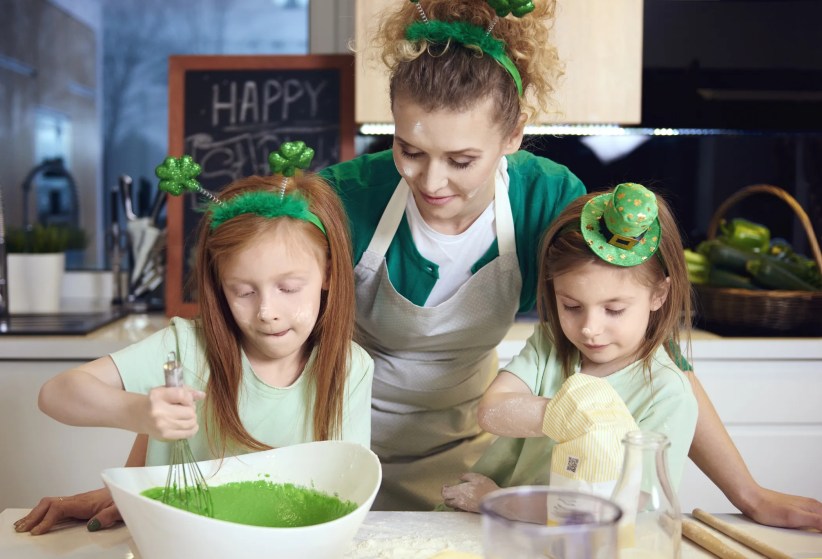This month we celebrate Earth Day, a day to honor the good earth and all it does for us. Our food — from grocery stores, farmers markets, and perhaps our own gardens — grows in its soil, teeming with microbes. Some of these microbes can provide health benefits. But how?
Microbes are an ancient and vital part of human physiology. Yet never before have children grown up so “clean.” Recent changes in our lifestyle — a Western diet, over-sanitization, the excessive use of antibiotics — have altered the specific microbes within our digestive tract.
Establishing good gut health in our children is important and can have lifelong consequences. In addition to a strong immune system, a healthy mix of bacteria within our digestive tract can lead to less inflammatory disease such as allergies, asthma, and inflammatory bowel disease. Sadly, these conditions are being diagnosed more frequently in children.
Thousands of microbial species — the microbiome — thrive in the human intestine, helping people digest fiber and make vitamins and other molecules. The right mix of microbes can even affect our metabolism.
While what we eat alters our microbiome, the microbiota appears to influence what we eat. The wrong mix of gut microbes can trigger cravings for less than stellar foods.
Eating a variety of natural foods is the best way to increase microbial diversity, and there’s no better time to do this than during the first few years of life. For example, rather than feeding your baby only rice cereal for weeks until the package is empty, offer a variety of grains, including barley, rice, oats, and quinoa.
Think of dietary fiber as food for your gut microbiome. But not from a drink or pill. Eat a diverse array of fibers from a lot of different plant materials. Whole grains are better than refined ones.
Leafy green vegetables contain an enzyme that’s been found to feed good bacteria while limiting bad bacteria. Protein-rich legumes — such as lentils, beans, and peas — have lots of fiber and can be easily mashed for tiny mouths. Try starchy veggies such as parsnips, sweet potatoes, or cassava (tapioca) rather than just sticking to low-fiber veggies. As children get older, add fermented foods such as yogurt, buttermilk, kefir, kimchi, miso, sauerkraut, and pickled vegetables.
Serve your family less sugar, animal fat, and refined grains.
Here are some other ways to boost your child’s diversity of gut bacteria:
1. Encourage your children to get at least 30 minutes of physical activity on most days. Research in mice suggests that physical activity, especially early in life, may help promote a beneficial gut microbiota.
2. If it is safe to do so, encourage the kids to spend time outside. At least one study shows that people who are regularly exposed to natural settings have a more diverse microbiota, suggesting a little dirt may be good for us.
3. Spend some time in a rural area.
4. Take the kids to a petting zoo.
5. Get a dog.
6. Give your child a probiotic, especially when your child is taking an antibiotic.
7. Grow foods or herbs in a garden. This could even be a container garden on your balcony. Let the kids poke around in the dirt.
8. Avoid antibacterial soap.
We are only beginning to scratch the surface of the importance of the microbiome for human health. The good news is that we can influence the compatibility of these microscopic, single-celled houseguests by altering our environment and our diet. Indulge your children’s natural impulse to get good and dirty.
Christine Palumbo is a Naperville-registered dietitian nutritionist and Fellow of the American Academy of Nutrition and Dietetics. She suspects her childhood, largely spent outdoors, may have helped her avoid allergies. Find her at Christine Palumbo Nutrition on Facebook, @PalumboRD on Twitter, or Chris























